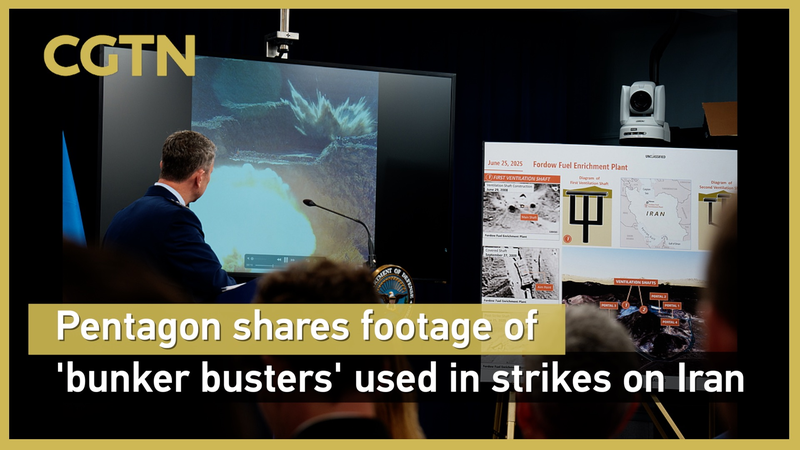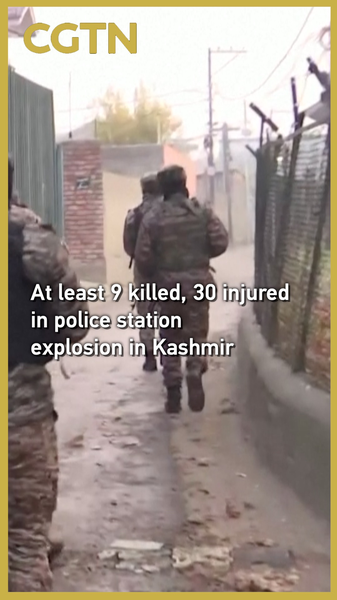At a press briefing on Thursday, Defense Secretary Pete Hegseth and General Dan Caine, Chairman of the Joint Chiefs of Staff, unveiled drone-shot footage showing GBU-57 "bunker busters" at work in the June 22 operation against Iranian nuclear facilities.
After more than 15 years of intelligence gathering and weapons development, the Pentagon says these massive ordnance penetrators were custom-designed to breach fortified underground facilities. The planners called the mission precision-targeted: each bomb reportedly struck its intended mark as planned.
For global tech and business enthusiasts, the GBU-57 program offers a window into high-stakes defense innovation. Years of data analysis, geological studies, and advanced materials research came together to produce a weapon capable of penetrating deep layers of rock and concrete – engineering feats often mirrored in civilian industries, from mining to tunneling.
Young global citizens following security trends will note how this display of military might underscores a shifting landscape in precision warfare. As sustainability and human rights advocates weigh in, the move has sparked fresh debate on the ethics of high-tech armaments, especially when used in regions under international scrutiny.
While sports fans and culture buffs might not follow blockbuster bombs, the spectacle highlights how storytelling and data can bring complex topics to life. From the corridors of the Pentagon to social feeds worldwide, footage like this shapes our understanding of modern conflict and the fine line between deterrence and escalation.
As reactions roll in from capitals across G20 nations, the Pentagon's release of the bunker buster footage is sure to fuel discussion on innovation, policy, and the future of global security.
Reference(s):
Pentagon shares footage of 'bunker busters' used in strikes on Iran
cgtn.com




